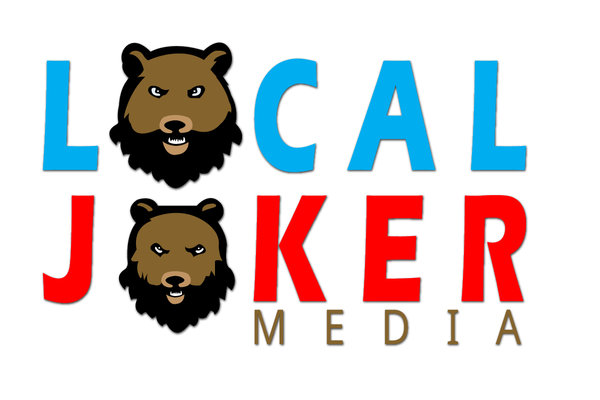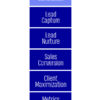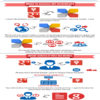Okay So What the Heck Is a Sales Funnel?

In today’s competition driven economy, any business seeking the best ways to generate sales, would benefit from grasping the concept of a sales funnel. A sales funnel, also known as your customer’s journey, will help you track initial contact with your key customer demographic until reaching point of sale and help you build a continual pipeline of your most ideal customers. The Sales Funnel comes in many forms and formats. This article will refer to a simple six step format of Awareness, Interest, Consideration, Intent, Evaluation, and Purchase.
A sales funnel begins wide in the top in order to capture a wider array of potential customers. Throughout the customer’s journey, call to actions are engineered prompting them to take certain actions, thereby narrowing the funnel. The further down leads are in the funnel, the more “hot” they become, until ultimately at the bottom of the funnel your business has a sold customer. If done correctly these sold customers become loyal and flow through the funnel repetitively possibly becoming brand ambassadors who bring more warm prospects through your funnel.
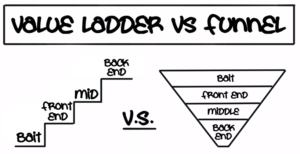
Before diving deep into the stages of a sales funnel, a related concept is the Value Ladder. In Russell Brunson’s book, Dot Com Secrets, he explains that the Value Ladder is the idea of sharing incremental value with your potential customers through the means of “gifting” your business’ services, products, and materials in the hopes of leading the potential customer “up” the ladder into increasing levels of commitment to your brand. The products can be tangible goods, services, programs, or digital content. A value ladder goes hand in hand with your sales funnel as we are looking to promote genuine engagement, build trust and prove our worth.
Lifetime Value of a Customer
Value Ladders and Sales Funnels all share a great common goal: to attain the maximum lifetime value of a customer (LTV). A lot of businesses either do not know or appreciate the strategic importance of identifying and maximizing lifetime value from their customers.
Lifetime value of a customer is simply how much revenue your business can benefit from one customers. For example, Restaurant Owner A would love to sale a $10 dinner to a party of three and generate $30 in revenue. It’d be great if the customers took an upsale of $1.50 drinks, shared a $5 appetizer, and each ate a $3 slice of pecan pie for dessert. The $30 dinner has been increased to $48.50 which is a great sale for the day. However, what if Restaurant Owner A did nothing to increase their perceived value on the value ladder such as stellar customer service, offer free incentives, or create a pleasant experience (music, television, clean venue etc)? The party may or may not return, so this customer’s lifetime value is simply $48.50.
On the other hand, lets take a look at Restaurant Owner B. Restaurant Owner B‘s establishment is patronized by the exact party of three that orders the same $30 dinner. However, Restaurant Owner B understands the Value Ladder, Sales Funnels, and of course LTV. He now wants to incentivize his customers, so instead of nickle and diming to squeeze every penny out of a customer in the beginning, he uses a lead magnet by gifting a complimentary appetizer for first time customers who enroll in his mobile VIP club. This allows him to further the lead nurturing along with building goodwill with his customers.
The party enjoys their meal and appreciates the kind gesture. Their bill is $48.50 less the $5 appetizer making it $37.50. Let’s say these customers become repeat visitors. According to this article from Fivestars, “…loyal customers are worth up to 10x as much as their first purchase”, meaning the $37.50 from one party purchase, could lead to as much as $370.50. For a restaurant with a catering service, their LTV could be a more substantial amount.
I’m Different
“But I run a law practice”
“I’m real estate agent”
Blah blah blah…
If your business relies on customers, it is necessary to learn your lifetime customer value in order to maximize client revenue. How many business owners can say that they know their lifetime customer value? Do you know yours? A lot of business owners have overhead, expenses, taxes etc. and want revenue RIGHT NOW. Their only concern is what can make them money RIGHT NOW. Knowing your customer’s lifetime value to your business allows you to make better long term decisions by knowing what systems to have in place and in what stage you are in the sales funnel.
Back To the Six Step Sales Funnel
Awareness is the first step of a sales funnel and can be also considered the branding and general marketing stage. A business determines their target market, their market’s problems, and the business’ solutions to the market’s problem. The awareness stage starts at the widest part in the funnel as to keep it somewhat broad in order to bring in potential customers who are in your business’ target market but may not necessarily be in the buying phase in their customer journey.
Interest is needed to seduce a potential customer to your business. With the world’s immensity comes a tremendous amount of competition. Your marketing has to scream to your ideal customer and grab their interest once you have their awareness. This is when you begin planting your call to actions, ascending the value ladder. Unlimited options exist of providing value in the hopes of building bridges. The use of lead magnets, such as a blog posts, free meal coupons, are valuable especially if you have a stellar lead capture and follow up system.
Consideration happens once your prospect is aware of their problems and how you can be a solution to those problems. They’ve found your business interesting, which is deepening them into your funnel. By appearing as “larger than life” and as “the top dog” in your area of business, you can continue to keep more of their consideration.
Intent is the step in your funnel when you’ve purposely created hoops or call to actions (CTAs) for your prospect to jump through, in the hopes to further differentiate between those who are cold, warm, and hot. Lead generation is crucial to a business as this step will also provide your business with interested individuals most likely to buy. You can obtain your leads in many different ways, however the most common strategy of the lead magnet is a tried and tested technique.
The value ladder is proportional to the sales funnel because at the base of the ladder, products, services or information are “gifted” at little or no cost to your leads. If you didn’t know by now, a lead magnet is the term used to provide something of value in exchange for information from a customer. Lead magnets come in many forms, such as a free meal coupon, educational videos, or having an opt in ebook offer. Most of the time these call to action freebies are offered in exchange for a bridge builder such as name and email address. These free gifts provide the bridges which allow you to build your list, keep in contact with potential customers, and also ascend them up the Value Ladder and down your Sales Funnel.

Many businesses don’t believe in giving away freebies as they believe it might tarnish their brand and of course cost money. This misconception forgets the Lifetime Value of a Customer.
To further back up the importance of understanding the value of knowing a customer’s LTV, check out this snippet from an article in Entrepreneur magazine:
“Why is this particular number so important? Mainly because it will give you an idea of how much repeat business you can expect from a particular customer, which in turn will help you decide how much you’re willing to spend to “buy” that customer for your business.
Once you know how frequently a customer buys and how much he or she spends, you will better understand how to allocate your resources in terms of customer retention programs and other services you’ll need to keep your customers — and keep them happy.”
Source: Entrpreneur Magazine https://www.entrepreneur.com/article/224153
LTV is an important data metric. The idea is to keep in mind that a loss of $1 today can mean a gain of $10 in a month. Data is crucial in today’s time. The more data you can collect on your potential leads, the more intent they’ve expressed, the more likely you will be able to figure out if what you are offering is beneficial to them. Collecting data is also important in having a good means of following up later as your prospect moves through the customer journey. Not everyone is going to give you the information you are asking for, which means we are not wasting money or time on people who will not buy at this point in their journey. You can however “save” them in your pipeline and further build up their buying temperature through the value ladder while keeping them in your sales funnel.
Evaluation is an important step in the funnel. Once we have a lead list, we continue to nurture our leads by genuine communication, creating engagement, and by providing valuable content. With proper use of email, you can now send them business updates or bonus content that is relevant to them and your business.
An important note here is to not abuse your leads. Give value to keep them engaged and interested but do not annoy them. Bombardment will hurt future sales and you will lose your lead’s trust. Instead, nurture your leads and help them with their problems. After you have provided such free and valuable content, you’ve distinguish your business as larger than life and as their “ideal choice” if their problems need solving. You will find your business having much better conversions with these warm leads as you have done good nurturing.
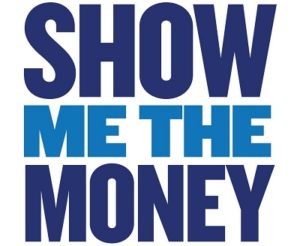
As a smart business owner, you’ve taken time to build a solid funnel. You’ve narrowed down your prospects. You’ve cast a wide net to thousands in Awareness, maybe had hundreds in Consideration, and dozens with Intent.
Once a prospect knows who you are (awareness)…
Is curious about what you do (interest)…
Trusts you could possibly solve their problem(s) (consideration)…
Consents your calls to action, indicating they want you to help them (intent)…
Allows you to demonstrate your expertise (evaluation)…
Last step in Sales Funnel?….
….drum roll please,….
Purchase

It is important for you to understand your Lifetime Value of a Customer, your Value Ladder, and to track your sales funnels so that you know what is working and what you need to change. Maybe a particular email converted higher sales or a blog post got more people engaging. Understanding these important business concepts is extremely valuable to your business and will help you adjust and improve consistently.
Author: Big Teddy Cain
Big Teddy Cain is the President of Local Joker Media, a small business marketing agency located in Little Rock, Arkansas. Teddy Cain is a lead generation and business growth development strategist, specializing in the use of paid and free lead generation methods to increase business sales.
